Gas stove are a versatile and efficient way to cook food. They provide instant heat and precise temperature control, making them a popular choice for many home cooks. However, using a gas stove requires some basic knowledge and understanding to ensure safety and effective cooking. In this guide, we will provide a comprehensive overview of the proper use and maintenance of a gas stove, including safety precautions, lighting the stove, adjusting the flame, and cleaning and maintaining the stove.
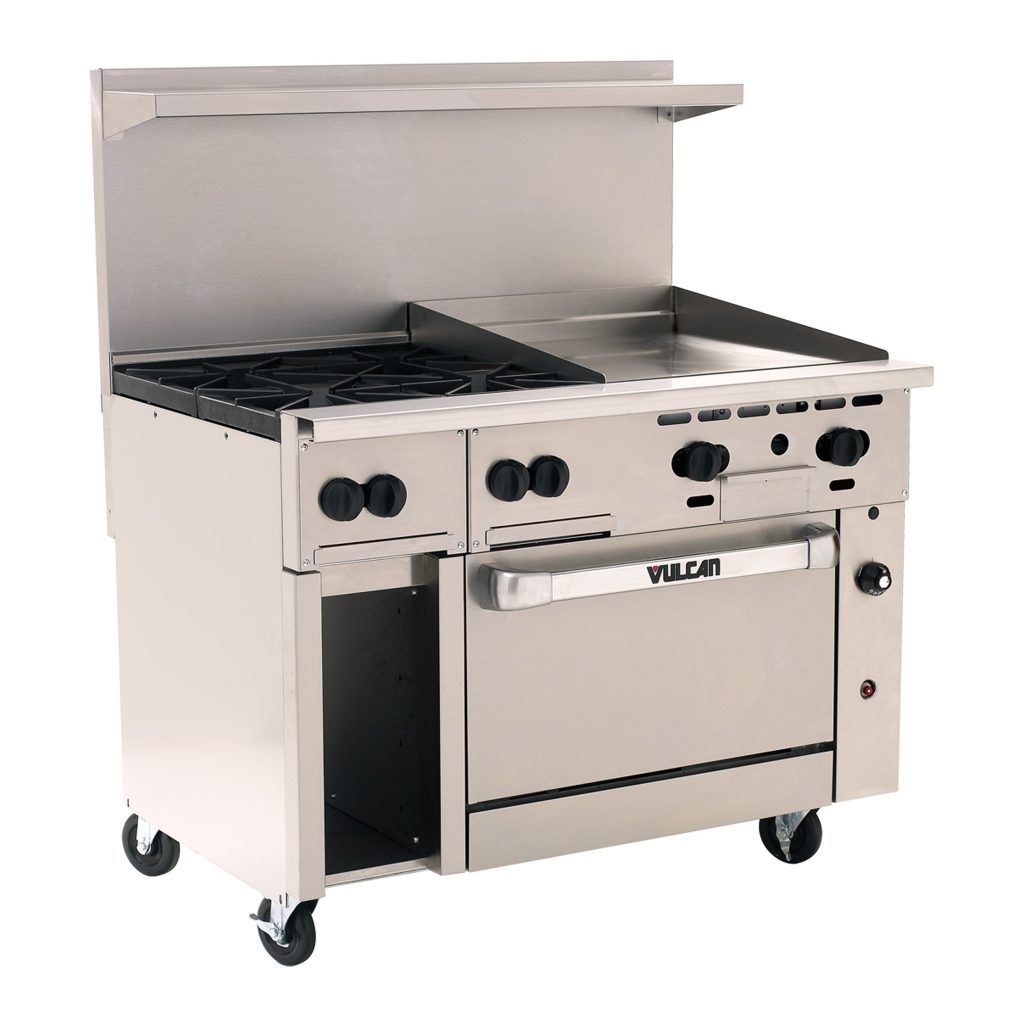
Safety Precautions
Before using a gas stove, it is important to familiarize yourself with some basic safety precautions. Here are a few key points to keep in mind:
- Make sure the stove is properly installed and vented to the outside to prevent the buildup of carbon monoxide.
- Check for gas leaks by using a soapy water solution to test the connections and hoses.
- Keep flammable materials, such as kitchen towels and curtains, away from the stove while in use.
- Avoid using the stove if you smell gas, and immediately shut off the gas supply and ventilate the area.
Lighting the Stove
To begin using a gas stove, you will need to know how to properly light the burners. Here’s a step-by-step guide to lighting a Gas stove:
- Make sure the burner knobs are in the “off” position and that the gas supply is turned on.
- Hold a lit match or lighter near the burner and turn the corresponding knob to the “light” or “high” position.
- Once the burner ignites, adjust the flame to the desired heat setting using the knob.
- If the burner does not light immediately, turn off the gas and wait for a few minutes before attempting to light it again.
Adjusting the Flame
Proper control of the flame is essential for cooking on a gas stove. Here are a few tips for adjusting the flame to the appropriate heat level:
- For simmering, turn the flame to the lowest setting to maintain a gentle, steady heat.
- For boiling or searing, turn the flame to the highest setting to achieve rapid, intense heat.
- Make sure the flame is blue in color, with a small, steady outer flame and a larger, inner cone-shaped core.
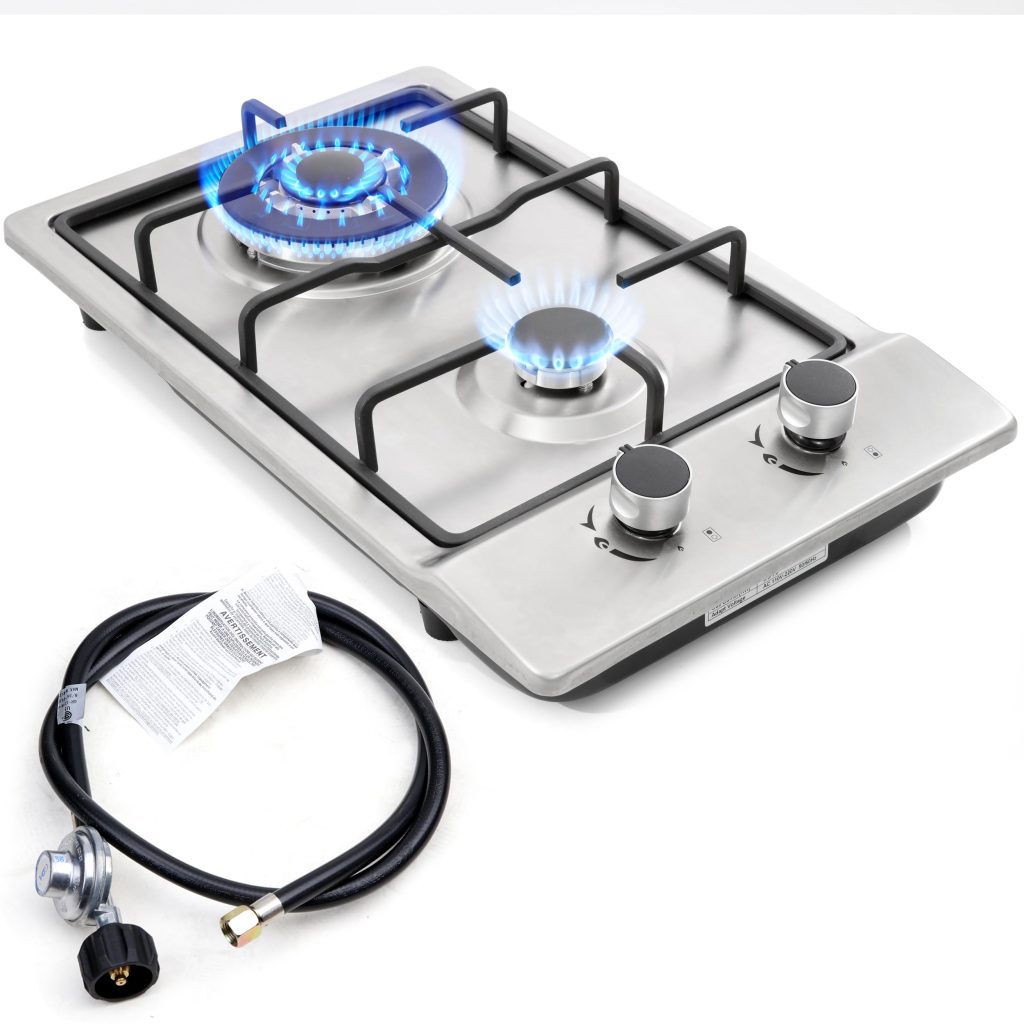
Cleaning and Maintenance
Regular cleaning and maintenance of a gas stove can help ensure its longevity and optimal performance. Here are some key tips for keeping your gas stove in good condition:
- Clean the burners and grates regularly to remove grease and food residue.
- Use a mild detergent and a non-abrasive sponge to avoid scratching the surface of the stove.
- Check the burner ports for clogs and use a fine wire or toothpick to clear any blockages.
- Inspect the gas supply line and connections for any signs of wear or damage, and replace if necessary.
How to clean a gas stove
Gas stoves are a popular choice for many home cooks due to their precision and instant heat control. However, with frequent use, gas stoves can become caked with food residue, grease, and grime. Cleaning your gas stove regularly not only keeps it looking good but also ensures it operates at its best.
Safety Precautions
Before you begin the cleaning process, it is essential to take some safety precautions to protect yourself and your appliance. Make sure the gas stove is turned off and the burners are cool. If you can, disconnect the gas supply to the stove to prevent any accidental gas leaks. Additionally, wearing gloves and ensuring the area is well-ventilated will help protect you from any potentially harmful chemicals or fumes.
Cleaning the Burners
The burners on a gas stove are often the dirtiest part, as they are continuously exposed to food spills and grease. To clean the burners, start by removing them from the stove. Different gas stove models may have different methods of burner removal, so refer to your appliance’s manual for specific instructions. Once the burners are removed, soak them in a mixture of warm, soapy water for at least 15 minutes to help loosen any stubborn residue.
After soaking, scrub the burners with a non-abrasive sponge or brush to remove any remaining grime. For particularly tough stains, you can use a paste of baking soda and water, applying it to the burners and letting it sit for a few minutes before scrubbing. Once clean, rinse the burners thoroughly and allow them to dry completely before reassembling them on the stove.
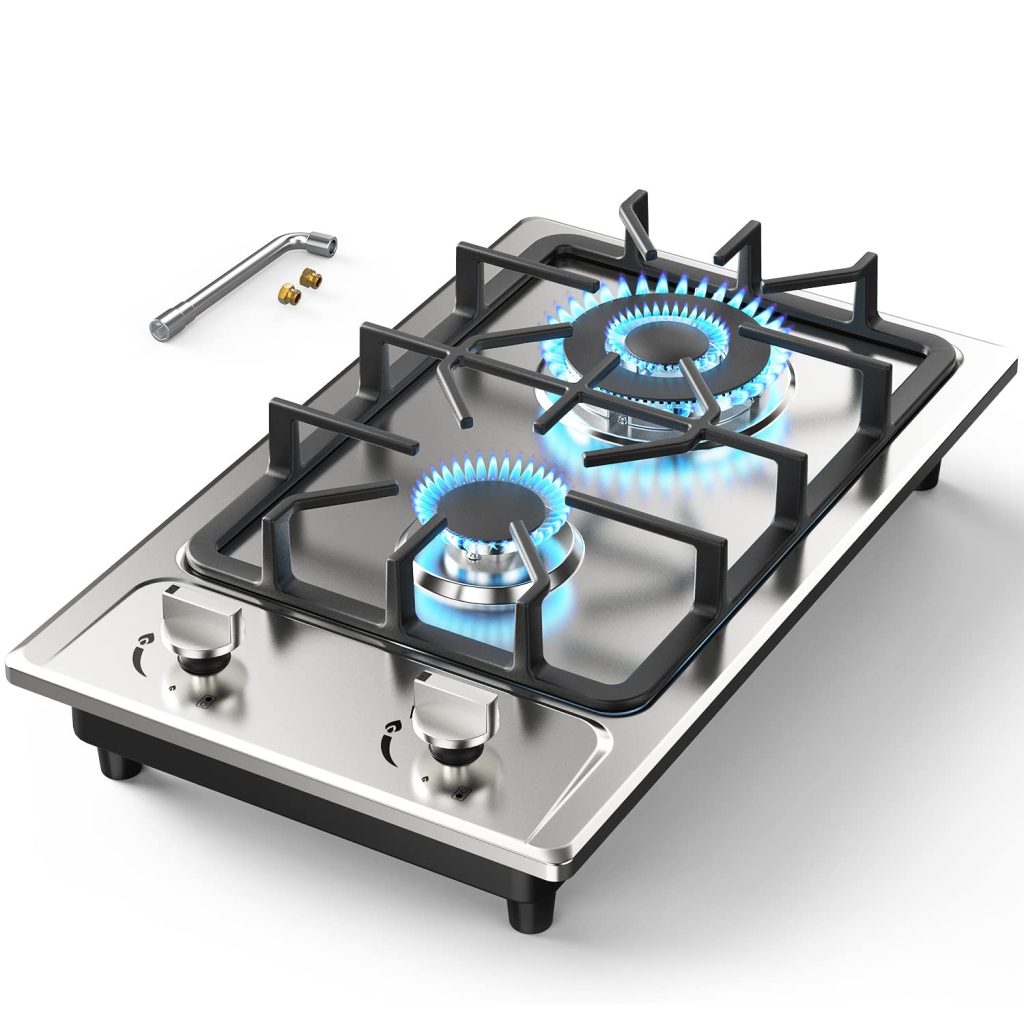
Cleaning the Stovetop
The stovetop itself can also gather a significant amount of grime over time. To clean it effectively, start by removing the grates and any other removable parts. These can be soaked and cleaned using the same method as the burners. Next, use a non-abrasive cleaner or a mixture of warm, soapy water and baking soda to scrub the stovetop surface. Be sure to pay special attention to the areas around the burners, as this is where most of the grease and food residue tend to accumulate.
After scrubbing, wipe the stovetop with a clean, damp cloth to remove any leftover cleaning residue. Once dry, replace the grates and any other removed parts.
Cleaning the Control Knobs
The control knobs on a gas stove can also become dirty and greasy over time. To clean them, remove the knobs from the stove and soak them in warm, soapy water. Use a soft brush or cloth to scrub away any residue, then rinse and dry the knobs thoroughly before replacing them on the stove.
Cleaning the Exterior
Finally, don’t forget to clean the exterior of the gas stove. Use a gentle cleaner or a mixture of water and vinegar to wipe down the surfaces, including the knobs, dials, and any other exposed areas. For stainless steel stoves, use a stainless steel cleaner to restore its shine and remove any fingerprints or smudges.
Maintenance Tips
To keep your gas stove looking and working its best, it’s essential to perform regular maintenance. Here are a few tips to help maintain your gas stove:
- Wipe down the stovetop after each use to prevent food residue and grease from building up.
- Clean the burners and grates regularly to prevent clogs and ensure even heat distribution.
- Use a metal brush or toothpick to clear any debris from the burner ports to maintain a consistent flame.
- Replace any worn-out or damaged parts, such as burner caps or control knobs, to ensure proper functioning.
- Schedule professional maintenance and inspection at least once a year to keep your gas stove in top condition.
Cleaning a gas stove doesn’t have to be a daunting task. With the right techniques and regular maintenance, you can keep your gas stove looking and functioning like new. By following the tips and methods outlined in this article, you can ensure your gas stove remains a reliable and attractive centerpiece in your kitchen for years to come.
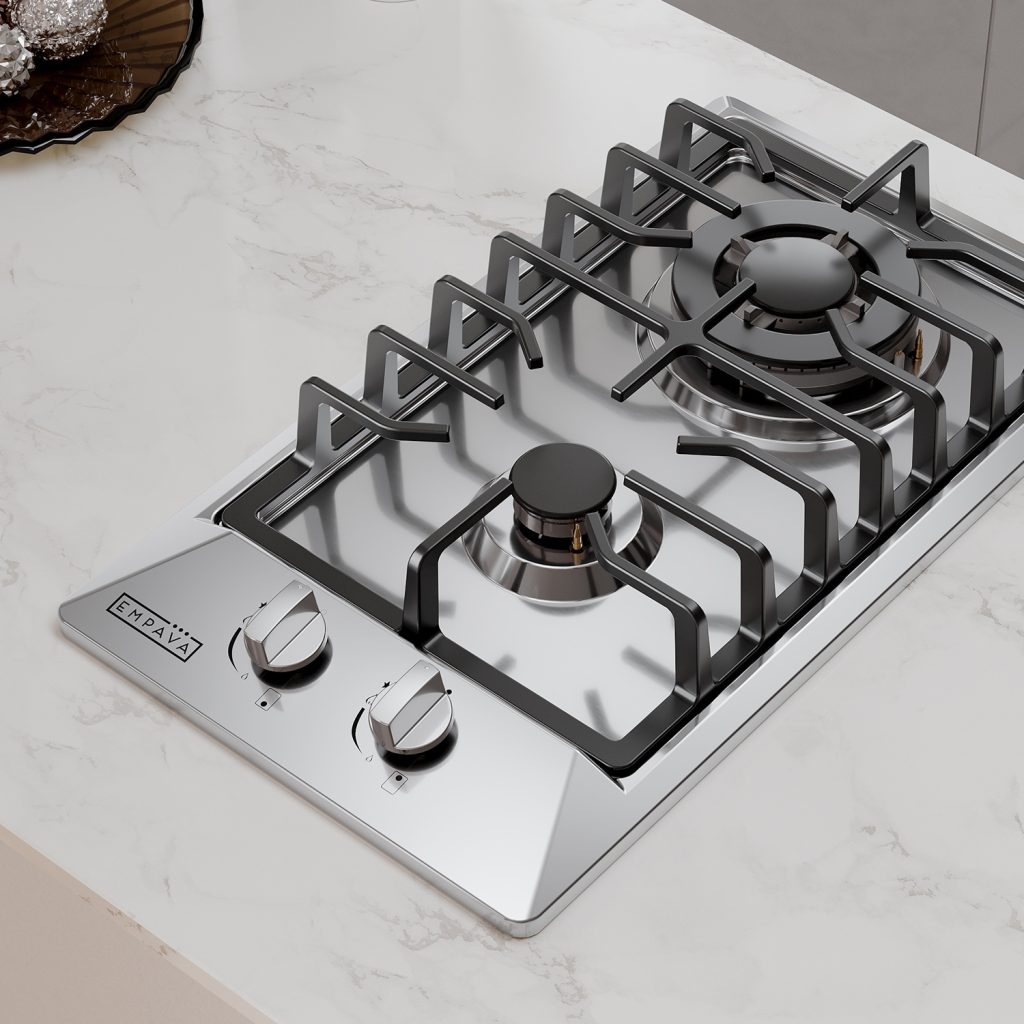
Advantages of Gas Stove
Efficient Heat Control
One of the biggest advantages of a gas stove is its efficient heat control. With a gas stove, you can easily adjust the flame to raise or lower the temperature of your cookware, allowing you to cook your food exactly the way you want it. This precise control over the heat source is especially useful when cooking delicate dishes that require careful temperature management.
Quick Cooking Times
Gas stoves heat up quickly, allowing you to start cooking your food almost immediately. This can be a huge time-saver, especially for busy individuals who need to prepare meals quickly. In addition, the instant heat from a gas stove can help to seal in the flavor of your food, resulting in more delicious and flavorful dishes.
Energy Efficiency
Compared to electric stoves, gas stoves are often more energy efficient. Because they heat up quickly and cool down rapidly, gas stoves can help to reduce overall cooking times and energy usage. Additionally, gas stoves are more effective at transferring heat to cookware, which can further improve their energy efficiency.
Even Heat Distribution
Gas stoves provide even heat distribution across the entire cooking surface, ensuring that your food cooks evenly and consistently. This can be especially beneficial for dishes that require low, slow cooking, as well as for dishes that need to be seared at high temperatures.
Cost-Effective
In some regions, natural gas can be more cost-effective than electricity, making gas stoves a more affordable option for cooking. Additionally, because gas stoves heat up quickly and hold their temperature well, they can reduce overall cooking times and help to lower energy bills.
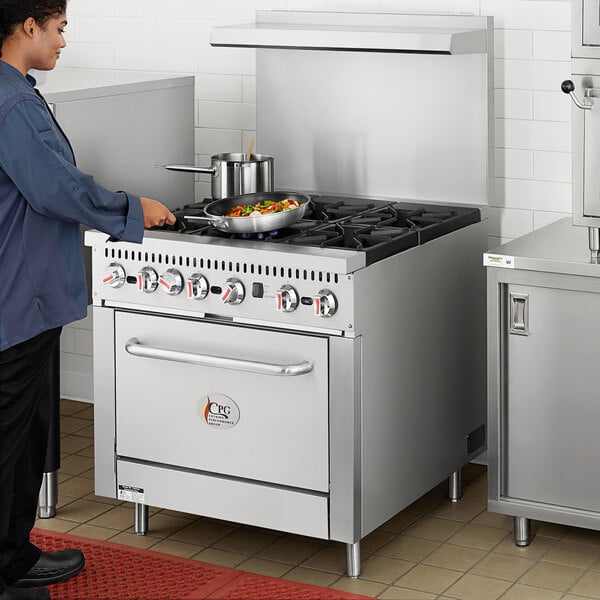
Conclusion
In conclusion, a gas stove is a convenient and efficient tool for cooking, but it requires proper use and maintenance to ensure safety and performance. By following the safety precautions, lighting the stove correctly, adjusting the flame as needed, and keeping the stove clean and well-maintained, you can enjoy the benefits of cooking with a gas stove for years to come. With this comprehensive guide, you should be well-equipped to use and maintain your gas stove with confidence and ease.
